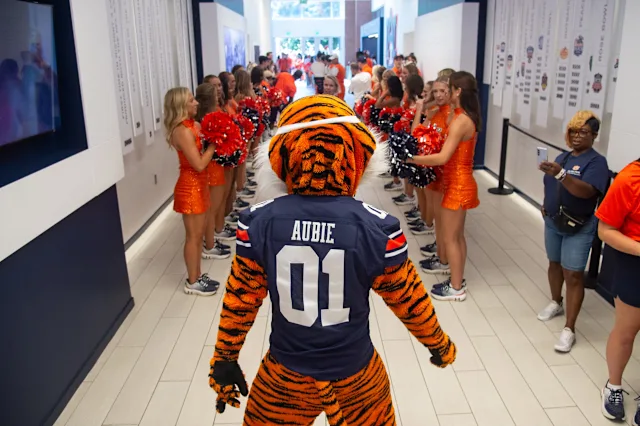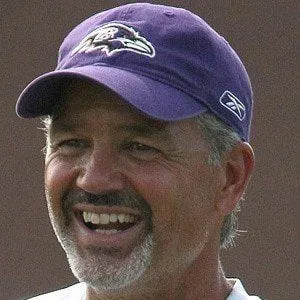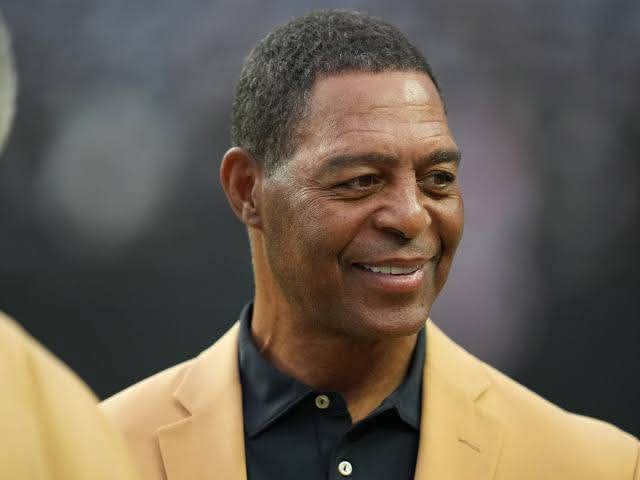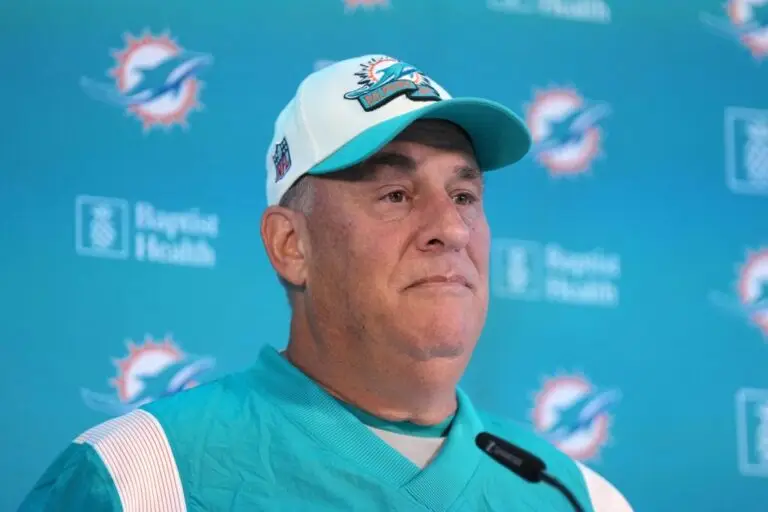The Fourth of July weekend delivered a needed boost to the Auburn football program, as the Tigers landed another commitment for their 2026 recruiting class—bringing renewed energy to what has been a relatively steady but under-the-radar cycle so far. With the latest pledge coming from a promising tight end prospect, Auburn’s 2026 class now begins to take shape in ways that reflect both the potential of Hugh Freeze’s vision and the challenges of competing in the always-brutal SEC recruiting wars.
As of now, Auburn’s 2026 class features a collection of foundational prospects who offer upside, position flexibility, and long-term developmental value. While it may lack the sheer volume or five-star firepower seen in some rival SEC classes—namely Georgia and Alabama—the class is still very much a work in progress with plenty of time left to solidify and grow. What’s clear is that Freeze and his staff are targeting high-character players who fit Auburn’s evolving offensive and defensive philosophies, even if the national attention hasn’t quite arrived yet.
The addition of the Fourth of July tight end commit adds an important layer to the class. Not only does it give Auburn a potential matchup problem for future opponents, it also fills a strategic role that Freeze has long emphasized in his offensive systems. Freeze has repeatedly stated that tight ends are not simply blockers or role players in his scheme—they are dynamic contributors expected to impact both the passing and running games. This latest addition reflects that belief and provides the Tigers with another weapon to build around.
Looking at the class overall, Auburn currently has a modest number of verbal commitments, but the quality of the pledges suggests a carefully constructed recruiting plan. The class includes several in-state players, which has been a focal point for Freeze since taking over the program. Locking down Alabama’s top talent—especially when facing competition from Nick Saban’s legacy at Alabama and Kirby Smart’s growing reach into the state—has been critical for Freeze’s long-term vision. So far, Auburn has had mixed success on that front, landing a few key names while continuing to battle for others.
One of the defining features of the 2026 class to this point is its emphasis on athletic versatility. Auburn’s coaches appear to be targeting players who are not locked into one position but can play multiple roles depending on how they develop physically and mentally over the next two years. This strategy is partly a response to the changing nature of college football, where the transfer portal can quickly alter roster dynamics. Auburn is building a class with flexibility in mind, ensuring they aren’t overcommitted to any one scheme or personnel grouping.
Another key trend: developmental upside over immediate impact. With the 2025 and 2024 classes already addressing some more immediate needs—particularly through the transfer portal—this 2026 group is being built for the long game. Auburn is targeting prospects who may not be finished products but who possess the raw tools, mentality, and coaching responsiveness needed to grow into future starters. It’s a long-term investment approach that may not yield top-10 rankings in the moment, but could prove fruitful by the time these players hit their second or third years in the program.
Still, challenges remain. Auburn is lagging behind in terms of total commitments compared to some of its SEC rivals. Programs like LSU, Tennessee, and Texas are surging with high-profile commitments and high-volume classes. For Auburn to keep pace, Freeze and his staff must close strong during the second half of the summer and continue to make waves during the fall official visit period. Momentum is everything in recruiting, and while the Fourth of July commitment was a good start, Auburn needs to string together a series of wins to truly gain traction on the trail.
Another area where Auburn must improve in this cycle is along the offensive line. It has been no secret in recent years that the Tigers have struggled to recruit and develop elite offensive linemen at the same level as their SEC peers. If the program is to return to national contention, it will need to address the trenches—starting with this 2026 class. So far, offensive line recruiting has been relatively quiet, but the staff is pursuing multiple high-upside targets who could become anchors for the unit if they commit.
Defensively, the 2026 class is beginning to form the skeleton of what could be a very strong unit. Auburn is targeting EDGE rushers, safeties, and linebackers who can thrive in Ron Roberts’ aggressive, pressure-oriented defensive scheme. The goal is to get faster, longer, and more disruptive at every level of the defense. The early commits reflect that vision—players with speed off the edge, ball skills in the secondary, and high football IQs capable of adjusting in a complex defensive system.
Perhaps most importantly, Auburn must win the quarterback battle in this class. So far, the Tigers have not secured a 2026 quarterback commitment, and that’s a key piece of the puzzle. With the importance of quarterback play rising every year—especially in Freeze’s offense—a big-time QB commit would elevate the class overnight. Auburn has a few top targets still uncommitted, and landing one of them would not only answer a critical need but also make it easier to recruit surrounding skill players and offensive linemen.
From an NIL standpoint, Auburn is continuing to improve its infrastructure, but questions remain about how effectively the Tigers can compete with top programs in that space. The on-field product will also play a major role in recruiting success. A strong 2025 season—with a bowl win or an upset or two over top SEC opponents—would energize the fan base and recruiting operation. Recruits want to see progress, and if Freeze can deliver on Saturdays, it will translate into Sunday wins on the trail.
The staff deserves credit for its persistence and attention to detail in what has become the most challenging recruiting environment in the history of college football. The landscape is now dominated by transfer portal flexibility, NIL-driven decisions, and high-stakes summer camp evaluations. Auburn’s ability to stay competitive and selective, rather than panicking or reaching for late-cycle options, is a sign of confidence in the overall vision. Freeze believes in a steady, methodical approach—one that focuses on fit, development, and retention.
In terms of regional recruiting, Auburn is wisely working to re-establish pipelines in Georgia, Florida, and Mississippi—three key talent-producing states that have fed the Tigers for decades. While they’ll continue to battle Alabama and Georgia for top in-state players, expanding their footprint across the Southeast gives the staff more options and reduces dependency on a limited pool. The early 2026 commits reflect this expanded focus, with Auburn actively scouting high-upside players from both traditional and under-the-radar areas.
In summary, Auburn’s 2026 class, post-Fourth of July, is off to a steady and encouraging start. It’s not elite in the rankings just yet, and it may not feature a headliner quarterback or five-star phenom at this point—but it reflects a clear strategy: find versatile, high-upside athletes who fit the system and culture. With the latest commitment signaling a fresh wave of activity, Auburn is in position to build momentum and close strong in the months ahead. The next steps—particularly securing a quarterback, locking down key offensive linemen, and expanding the class size—will determine how this cycle is ultimately viewed.
The Fourth of July commitment was more than just a headline. It was a reminder that Auburn is still a player in the recruiting game, still building, and still laying bricks for a better future. For Hugh Freeze, it’s a step forward—one of many that must follow if the Tigers are to reclaim their place among the SEC’s elite.



